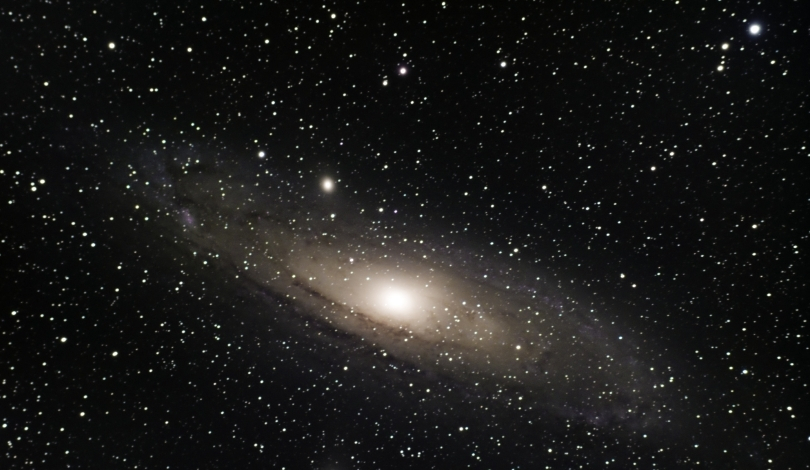For years, astronomers have been keenly interested in the massive star cluster Westerlund 1, the largest and closest of its kind to Earth. New data from NASA‘s Chandra X-ray Observatory, supplemented by insights from other NASA telescopes, provides an unprecedented look into this stellar nursery. The Extended Westerlund 1 and 2 Open Clusters Survey (EWOCS), led by the Italian National Institute of Astrophysics, reveals a wealth of new information, including nearly 6,000 X-ray sources.
Westerlund 1, a “super” star cluster, is located around 13,000 light-years away and possesses a mass up to 100,000 times that of the Sun. Formed approximately 3 to 5 million years ago, this cluster offers a window into a time when the Milky Way produced stars at a much higher rate than it does today. The Chandra observations have tripled the known X-ray sources in the cluster, detecting many lower-mass stars previously unseen.
EWOCS Project Insights
The EWOCS project recorded nearly 12 days of observational data, significantly expanding the understanding of Westerlund 1. The Chandra data not only highlighted young stars but also revealed a hot gas halo around the cluster’s center, providing new avenues for studying star formation and stellar evolution.
Most of the newly detected stars are concentrated within a four light-year radius from the cluster’s center, offering a dense observational playground for astronomers. This detailed data is expected to yield more precise estimates of the cluster’s mass and its overall impact on the star formation processes within our galaxy.
Significant Discoveries
– Over 4,000 new X-ray sources identified.
– Hot gas halo around the cluster’s center detected.
– Young stars and lower-mass stars prevalent in new data.
Additional comparisons with past data suggest that the previously observed 1,721 X-ray sources were just the tip of the iceberg. The new findings show that Westerlund 1 is far more complex and populated than initially thought. Earlier studies had hinted at a dense star formation region, but the EWOCS data confirms this with a greater level of detail and accuracy.
Comparative data from NASA’s Hubble Space Telescope further enriches this new deep Chandra dataset, allowing scientists to cross-reference optical and X-ray sources. The resulting composite images, showcasing stars and diffuse heated gas, create a detailed map of the cluster’s inner workings. This is crucial for understanding not only Westerlund 1 but also the broader principles of star formation and evolution in similar clusters.
The dense environment of Westerlund 1, with its 1,075 stars within a four light-year radius, challenges existing models of star cluster formation. The discovery of a hot gas halo around the center is particularly intriguing, suggesting mechanisms that might influence the birth and development of stars in high-density environments.
The EWOCS project has opened new research directions, including the study of the brightest X-ray sources and other subtle phenomena within the cluster. Future observation campaigns, involving NASA’s James Webb Space Telescope and NICER, will further expand the current understanding and offer more comprehensive insights.
The new data offers valuable information for future studies on star and planet formation and stellar evolution. Understanding these processes in a super star cluster environment could help refine models of galactic evolution and the life cycles of stars.










